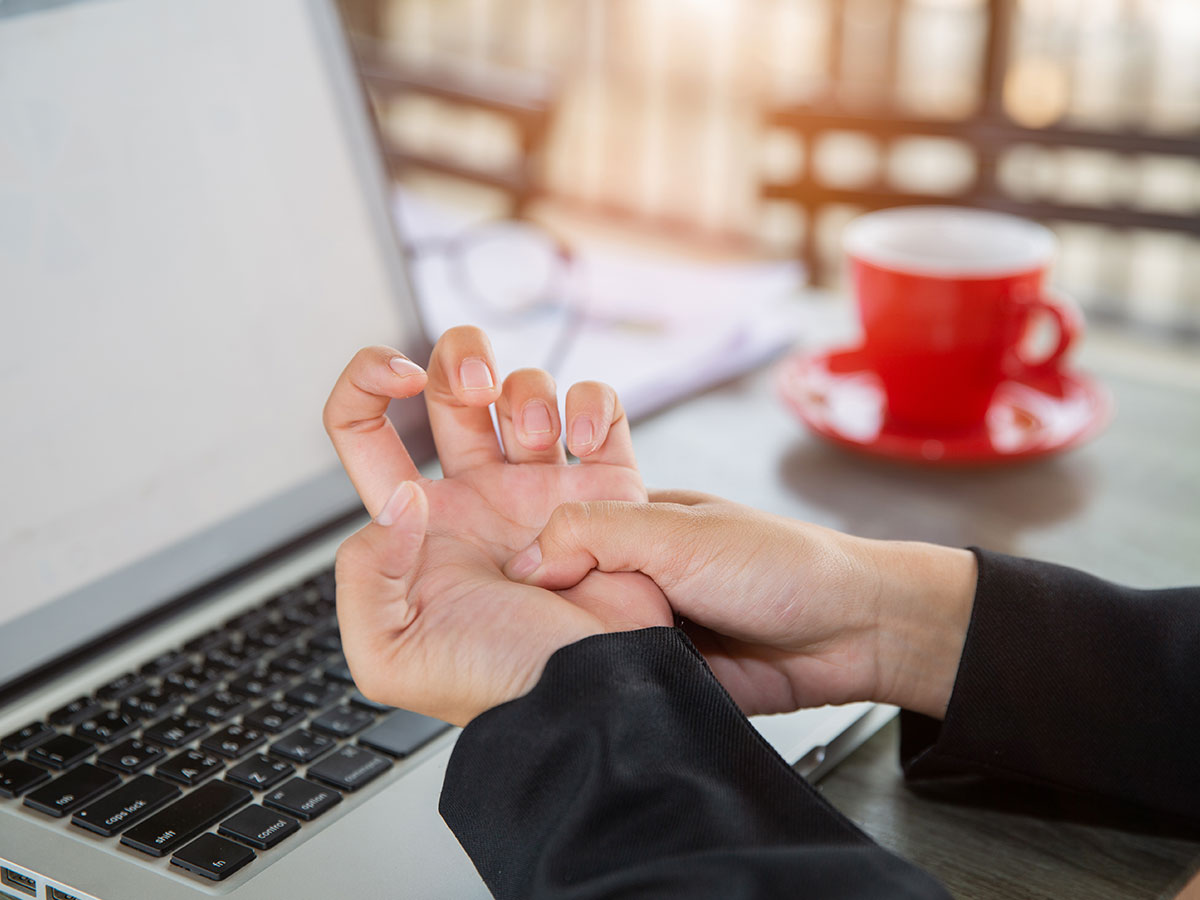
Clicking and locking of a finger or thumb is generally known as a “Trigger finger” or “Trigger thumb.” This is a common condition involving inflammation or thickening of the tendon that bends your fingers or thumb. The tendon passes through a pulley in the palm of the hand, however when the tendon is inflamed, it can catch or lock as you make a fist or grip items.
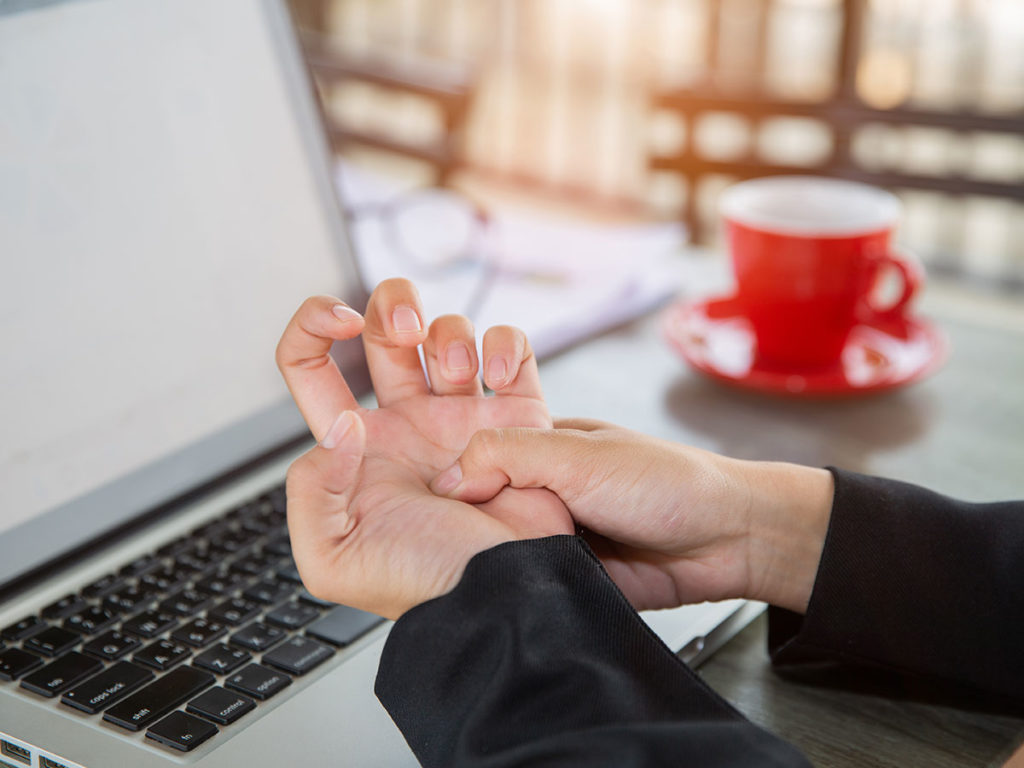

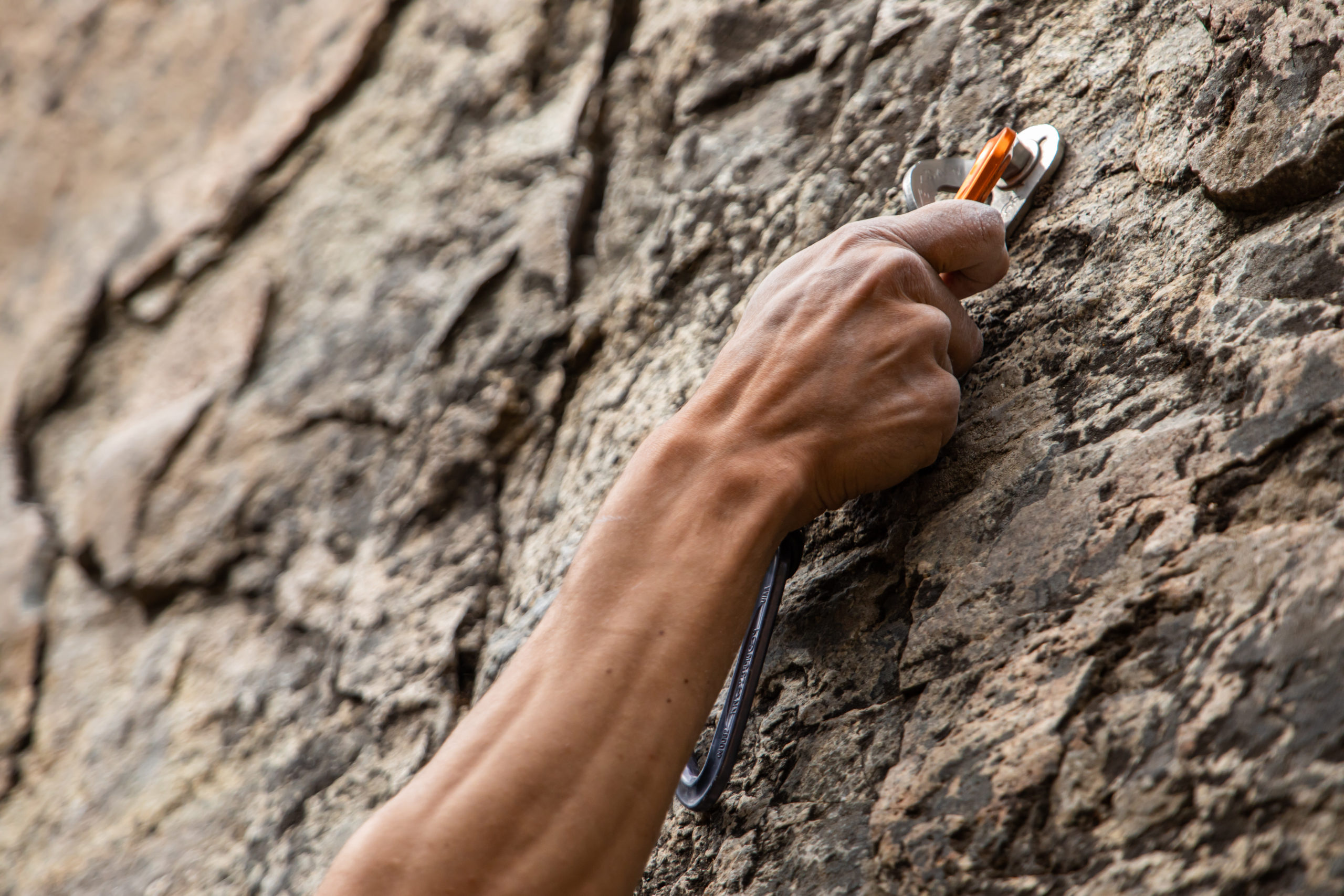
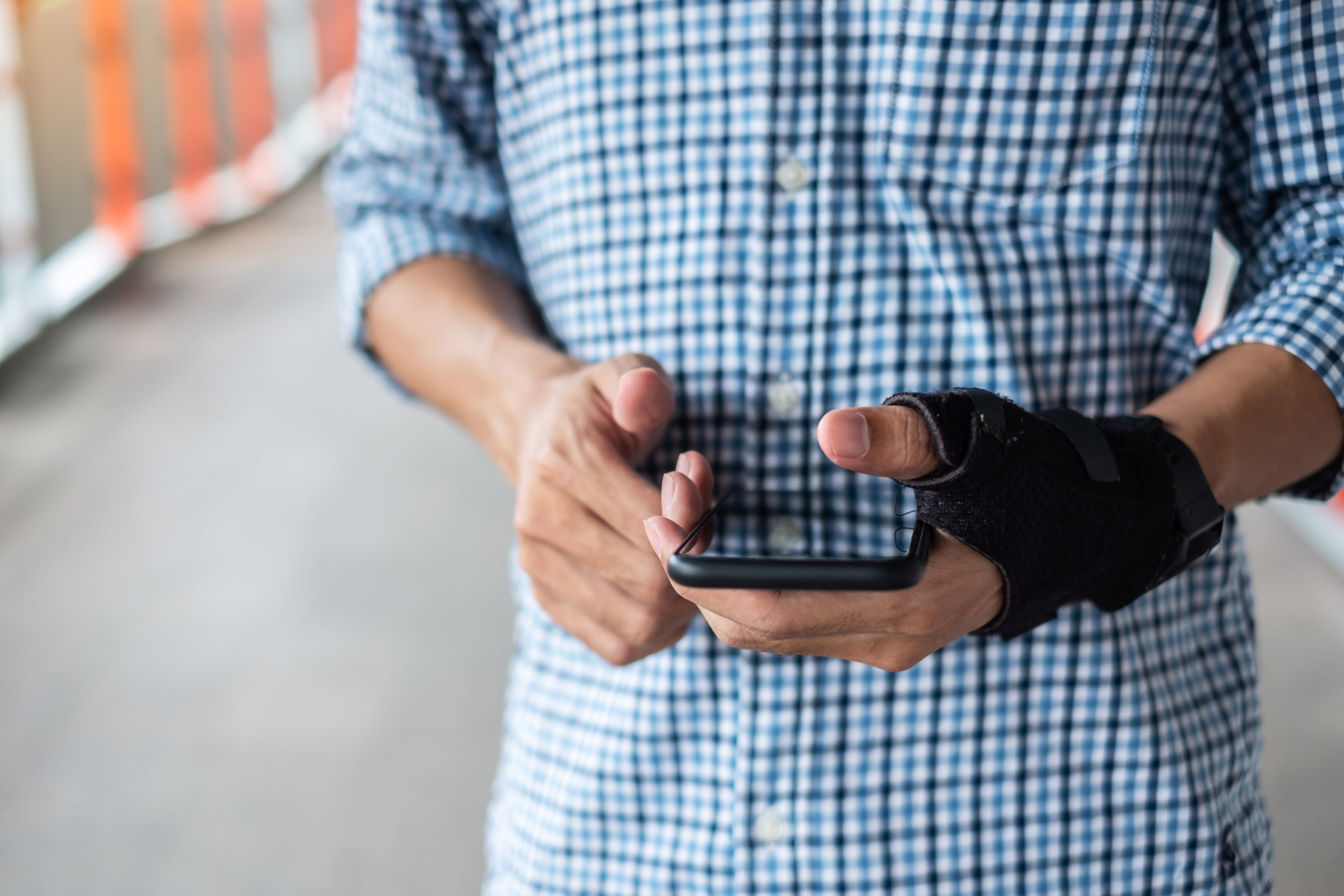
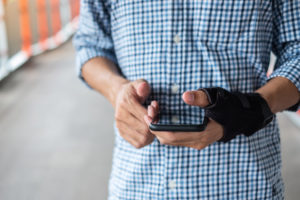
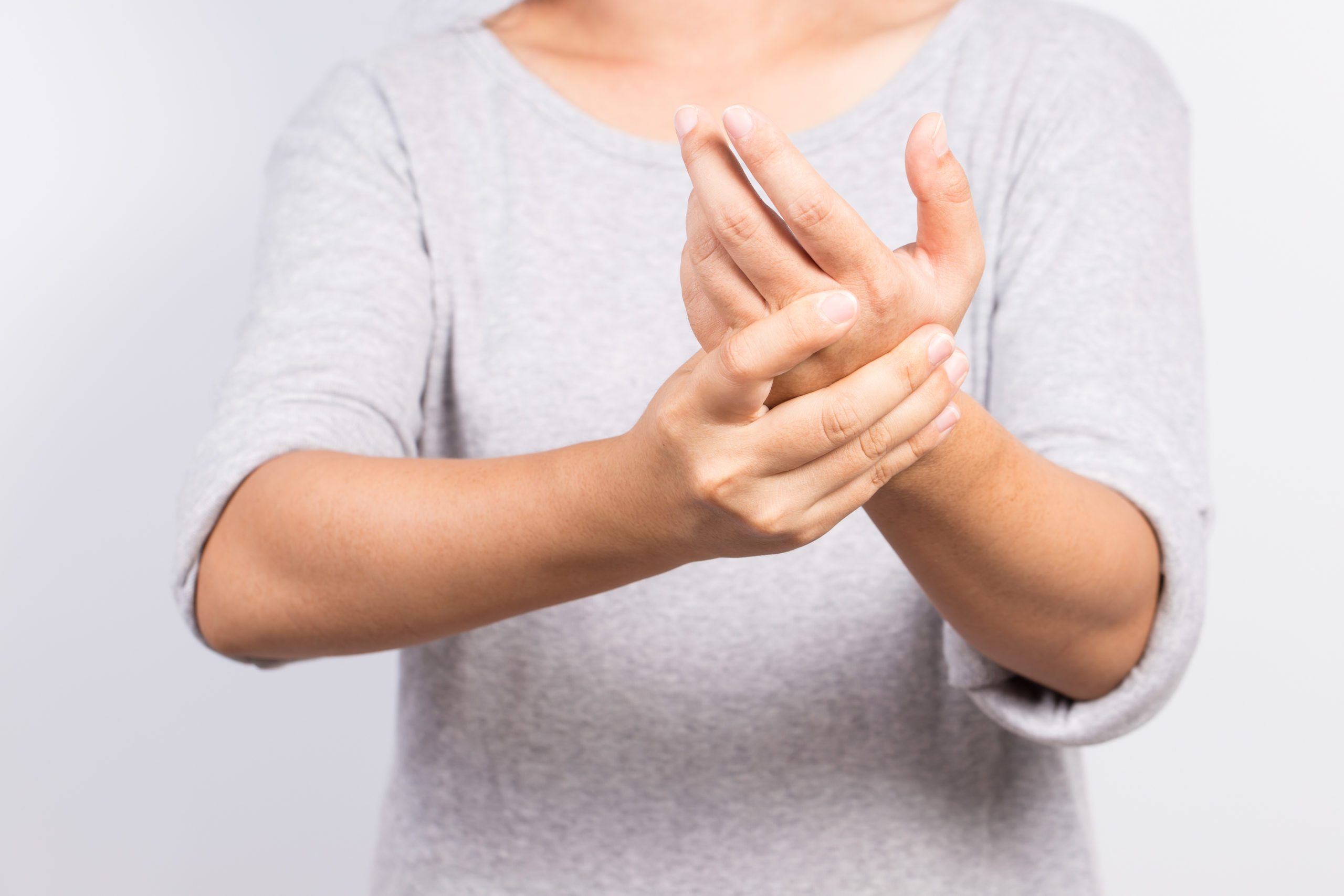
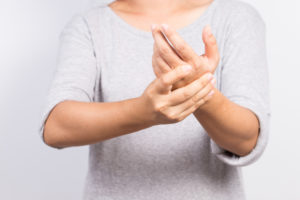
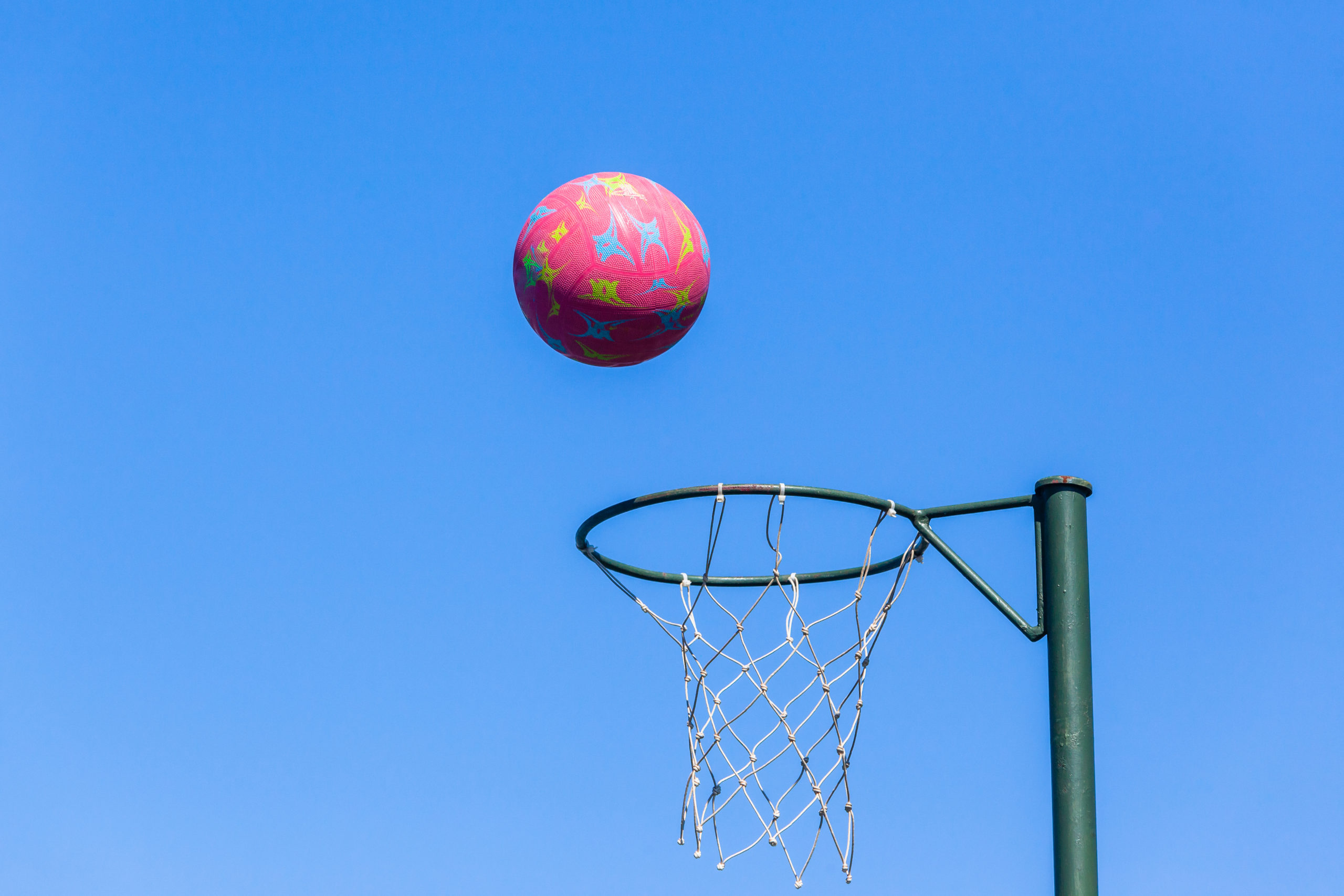
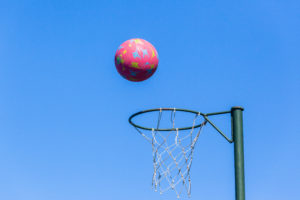 Here we take a look at how to prevent common injuries associated with playing netball, such as an injury to the volar plate ligament.
Here we take a look at how to prevent common injuries associated with playing netball, such as an injury to the volar plate ligament.
 Exams can be very stressful, not just mentally, but physically too. Repetitive typing and handwriting can place a lot of strain on the hands. Here’s a look at some common conditions and prevention methods.
Exams can be very stressful, not just mentally, but physically too. Repetitive typing and handwriting can place a lot of strain on the hands. Here’s a look at some common conditions and prevention methods.
 Here we take a look at common injuries that affect rock climbers, common treatments and preventative methods that can be advised by your therapist.
Here we take a look at common injuries that affect rock climbers, common treatments and preventative methods that can be advised by your therapist.